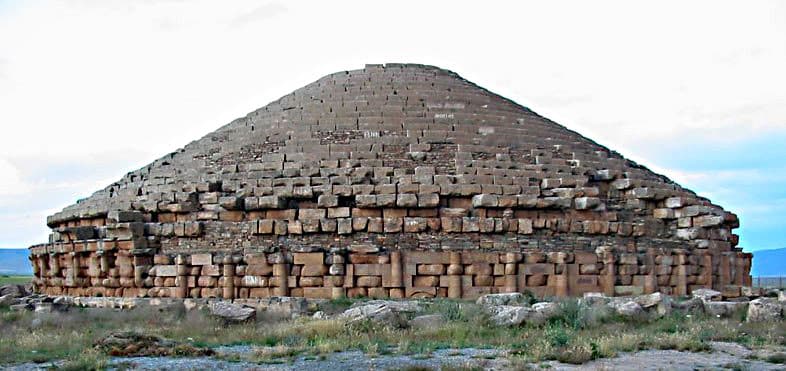The history of the Amazigh people, also known as Berbers, is a rich tapestry woven with the stories of numerous kingdoms and their remarkable leaders who played pivotal roles in shaping the North African landscape. Stretching back thousands of years, these ancient Berber kingdoms showcased a diverse range of cultures, languages, and traditions, leaving an indelible mark on the region’s history. In this article, we will delve into the fascinating world of these ancient Berber kingdoms and the visionary leaders who guided them through the sands of time.
- The Kingdom of Numidia and King Masinissa (circa 202 BCE – 148 BCE)
One of the most prominent Berber kingdoms of antiquity was Numidia, located in what is now Algeria and Tunisia. King Masinissa, a legendary figure in Berber history, was instrumental in uniting various Berber tribes and creating a powerful kingdom. He played a crucial role in the Punic Wars between Rome and Carthage, skillfully navigating alliances and diplomacy. His vision and leadership laid the foundation for the prosperity of Numidia, fostering a sense of unity among the Berber people. - The Kingdom of Mauretania and King Juba II (circa 25 BCE – 23 CE)
Mauretania, situated in modern-day Morocco and parts of Algeria, was a kingdom of great significance in the ancient world. King Juba II, a philosopher-king, ruled this kingdom during a period of cultural and intellectual flourishing. His reign witnessed the development of arts, sciences, and philosophy, as he established close ties with the Roman Empire, fostering a rich exchange of knowledge. Juba II’s enlightened rule remains a testament to the potential for intellectual achievement in Berber societies. - Garamantes Kingdom, Garama: The Garamantes were a Saharan Amazigh people who inhabited the region now known as Libya. Garama was their capital, and the kingdom is noted for its innovative agricultural techniques, including an extensive underground irrigation system (foggaras) that allowed them to thrive in the arid Sahara.
- The Almoravid Dynasty and Yusuf ibn Tashfin (circa 11th century CE)
The Almoravid Dynasty, founded by Berber leader Yusuf ibn Tashfin, had a profound impact on North Africa and the Iberian Peninsula. With a mission to spread Islam and unify Muslim territories, Yusuf ibn Tashfin led the Almoravids to conquer vast territories. His leadership not only expanded the influence of Berber culture and Islam but also influenced the architecture and art of the region, including the iconic Alhambra in Spain. - Almohad Empire (circa 1121-1269 CE): Ibn Tumart (circa 1080-1130 CE): Ibn Tumart was the founder of the Almohad movement, which aimed to reform Islamic practices and unify North Africa under Almohad rule. His teachings and leadership led to the establishment of the Almohad Empire, which had a lasting impact on the region.
- Marinid Dynasty (circa 1244-1465 CE): Abu Yusuf Yaqub al-Mansur (circa 1286-1307 CE): Al-Mansur was a Marinid sultan known for his patronage of art and culture. His reign saw the construction of important architectural works, such as the Great Mosque of Taza and the Madrasa Abu al-Hasan in Fes, contributing to the flourishing of Marinid art and culture.
These are just a few examples of ancient Amazigh kingdoms and leaders who played pivotal roles in the history of North Africa. The Amazigh people have a long and diverse history with numerous leaders and dynasties that have left their mark on the region.

















